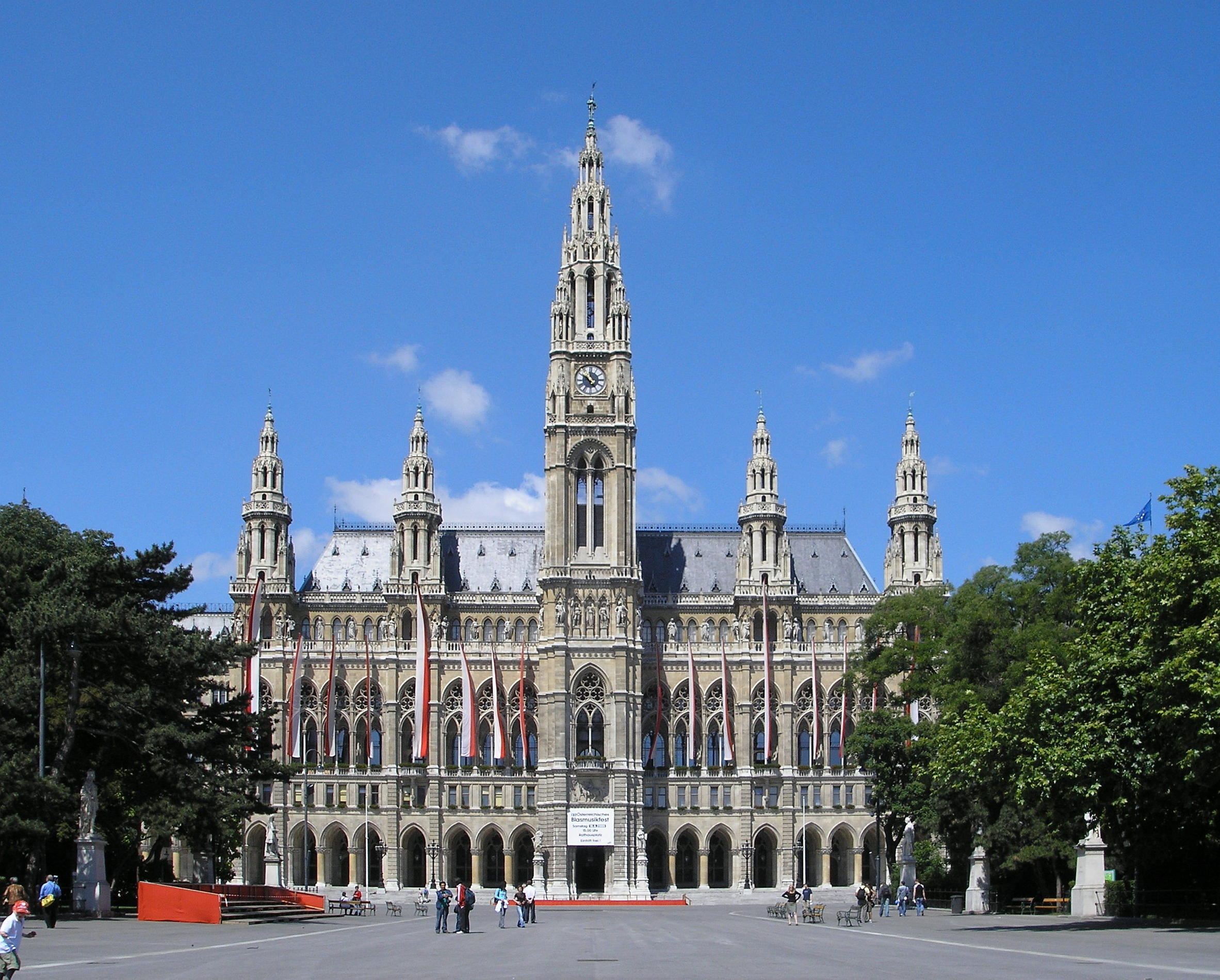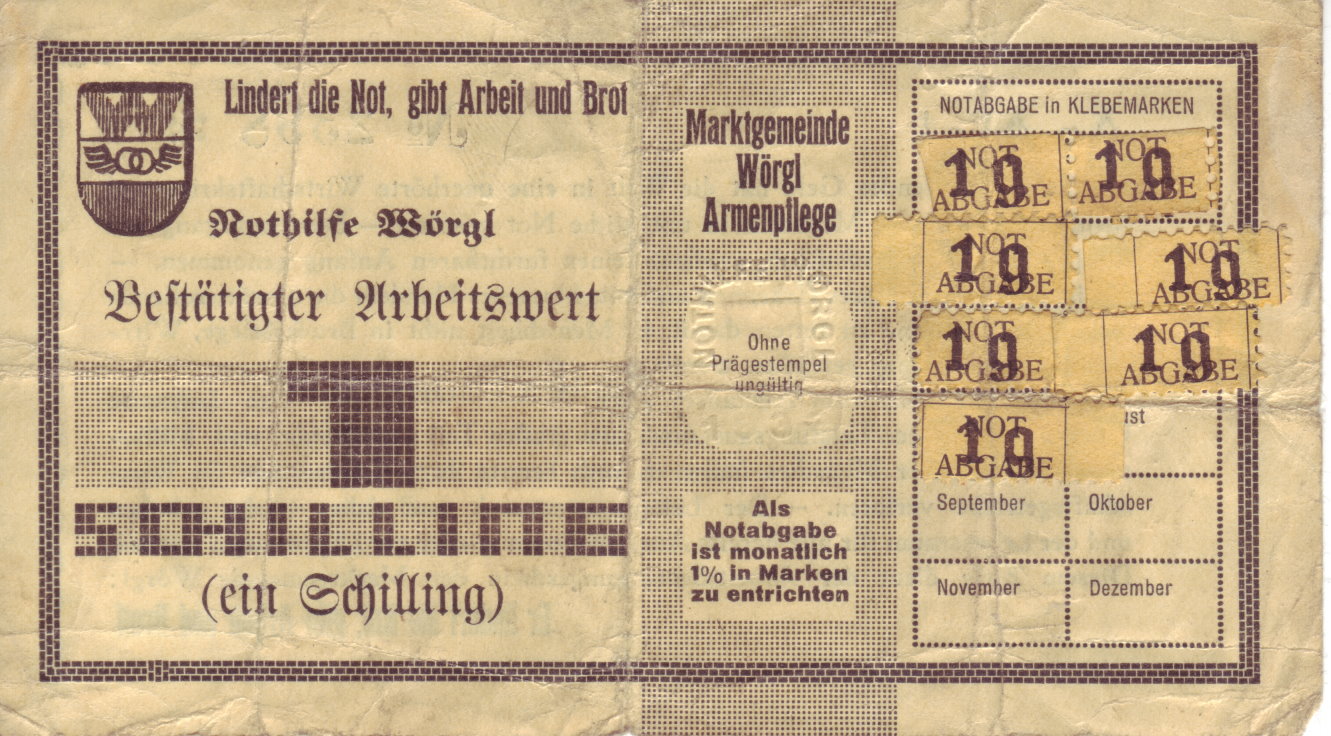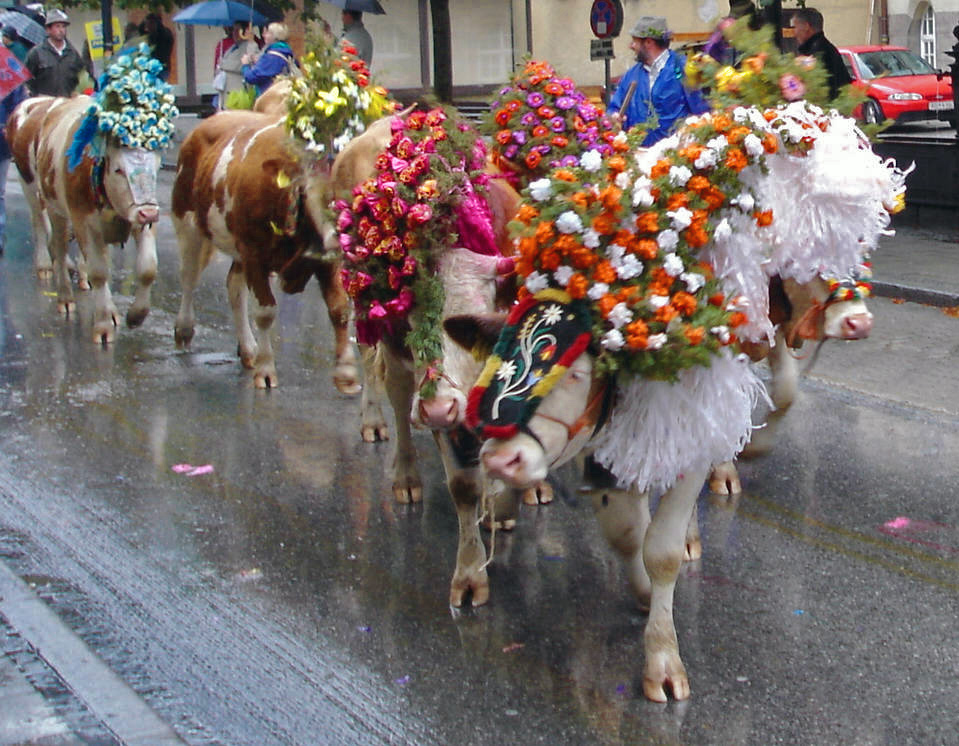|
Reith Im Alpbachtal
Reith im Alpbachtal is a municipality in the Kufstein district in the state of Tyrol located in the Alpbachtal valley, 32.9 km southwest of Kufstein, 19.6 km west of Wörgl, and 44.1 km east of Innsbruck, the main capital of Tyrol. The village is a very old settlement which was mentioned for the first time in documents around 976. From the 15th to 19th century silver and copper Copper is a chemical element with the symbol Cu (from la, cuprum) and atomic number 29. It is a soft, malleable, and ductile metal with very high thermal and electrical conductivity. A freshly exposed surface of pure copper has a pinkis ... were mined. The main sources of income nowadays are agriculture and tourism. References Cities and towns in Kufstein District {{Tyrol-geo-stub ... [...More Info...] [...Related Items...] OR: [Wikipedia] [Google] [Baidu] |
Austria
Austria, , bar, Östareich officially the Republic of Austria, is a country in the southern part of Central Europe, lying in the Eastern Alps. It is a federation of nine states, one of which is the capital, Vienna, the most populous city and state. A landlocked country, Austria is bordered by Germany to the northwest, the Czech Republic to the north, Slovakia to the northeast, Hungary to the east, Slovenia and Italy to the south, and Switzerland and Liechtenstein to the west. The country occupies an area of and has a population of 9 million. Austria emerged from the remnants of the Eastern and Hungarian March at the end of the first millennium. Originally a margraviate of Bavaria, it developed into a duchy of the Holy Roman Empire in 1156 and was later made an archduchy in 1453. In the 16th century, Vienna began serving as the empire's administrative capital and Austria thus became the heartland of the Habsburg monarchy. After the dissolution of the H ... [...More Info...] [...Related Items...] OR: [Wikipedia] [Google] [Baidu] |
Municipality (Austria)
In the Republic of Austria, the municipality ( de , Gemeinde, sometimes also ) is the administrative division encompassing a single village, town, or city. The municipality has corporate status and local self-government on the basis of parliamentary-style representative democracy: a municipal council () elected through a form of party-list system enacts municipal laws, a municipal executive board () and a mayor (, fem. ) appointed by the council are in charge of municipal administration. Austria is currently (January 1, 2020) partitioned into 2,095 municipalities, ranging in population from about fifty (the village of Gramais in Tyrol) to almost two million (the city of Vienna). There is no unincorporated territory in Austria. Basics The existence of municipalities and their role as carriers of the right to self-administration are guaranteed by the Austrian constitution ( B-VG Art. 116 (1)). The constitution means for municipalities to be autonomous () in any matter that a ... [...More Info...] [...Related Items...] OR: [Wikipedia] [Google] [Baidu] |
Silver
Silver is a chemical element with the Symbol (chemistry), symbol Ag (from the Latin ', derived from the Proto-Indo-European wikt:Reconstruction:Proto-Indo-European/h₂erǵ-, ''h₂erǵ'': "shiny" or "white") and atomic number 47. A soft, white, lustrous transition metal, it exhibits the highest electrical conductivity, thermal conductivity, and reflectivity of any metal. The metal is found in the Earth's crust in the pure, free elemental form ("native silver"), as an alloy with gold and other metals, and in minerals such as argentite and chlorargyrite. Most silver is produced as a byproduct of copper, gold, lead, and zinc Refining (metallurgy), refining. Silver has long been valued as a precious metal. Silver metal is used in many bullion coins, sometimes bimetallism, alongside gold: while it is more abundant than gold, it is much less abundant as a native metal. Its purity is typically measured on a per-mille basis; a 94%-pure alloy is described as "0.940 fine". As one of th ... [...More Info...] [...Related Items...] OR: [Wikipedia] [Google] [Baidu] |
Tyrol
Tyrol (; historically the Tyrole; de-AT, Tirol ; it, Tirolo) is a historical region in the Alps - in Northern Italy and western Austria. The area was historically the core of the County of Tyrol, part of the Holy Roman Empire, Austrian Empire and Austria-Hungary, from its formation in the 12th century until 1919. In 1919, following World War I and the dissolution of Austria-Hungary, it was divided into two modern administrative parts through the Treaty of Saint-Germain-en-Laye: * State of Tyrol: Formed through the merger of North and East Tyrol, as part of Austria * Region of Trentino-Alto Adige: At that time still with Souramont (Cortina d'Ampezzo, Livinallongo del Col di Lana and Colle Santa Lucia) and the municipalities Valvestino, Magasa, and Pedemonte, seized in 1918 by the Kingdom of Italy, and thus since 1946 part of the Italian Republic. With the founding of the European region Tyrol-South Tyrol-Trentino the area has its own legal entity since 2011 in the form of ... [...More Info...] [...Related Items...] OR: [Wikipedia] [Google] [Baidu] |
Innsbruck
Innsbruck (; bar, Innschbruck, label=Bavarian language, Austro-Bavarian ) is the capital of Tyrol (state), Tyrol and the List of cities and towns in Austria, fifth-largest city in Austria. On the Inn (river), River Inn, at its junction with the Wipptal, Wipp Valley, which provides access to the Brenner Pass to the south, it had a population of 132,493 in 2018. In the broad valley between high mountains, the so-called North Chain in the Karwendel Alps (Hafelekarspitze, ) to the north and Patscherkofel () and Serles () to the south, Innsbruck is an internationally renowned winter sports centre; it hosted the 1964 Winter Olympics, 1964 and 1976 Winter Olympics as well as the 1984 Winter Paralympics, 1984 and 1988 Winter Paralympics. It also hosted the first 2012 Winter Youth Olympics, Winter Youth Olympics in 2012. The name means "bridge over the Inn". History Antiquity The earliest traces suggest initial inhabitation in the early Stone Age. Surviving Ancient Rome, pre-Roman pla ... [...More Info...] [...Related Items...] OR: [Wikipedia] [Google] [Baidu] |
Wörgl
Wörgl () is a city in the Austrian state of Tyrol, in the Kufstein district. It is from the international border with Bavaria, Germany. Population Transport Wörgl is an important railway junction between the line from Innsbruck to Munich, and the inner-Austrian line to Salzburg. Its railway station has been designated as a ''Hauptbahnhof'' (german: main station) since 10 December 2006. European route E641 connects Wörgl with Salzburg, the routes E45 and E60 (Austrian autobahn A12) pass through Wörgl. File:Bahnhof Wörgl alt.jpg, Wörgl railway station in 1900 File:Wörgl Gare 1965.jpg, Wörgl railway station in 1965 History World War II Nearby Itter Castle was the site of one of the last European and most unusual battles of World War II. The Battle for Itter Castle was fought on 5 May 1945 by surrendered Wehrmacht troops, the United States Army, Austrian Resistance fighters and former French political prisoners against the 17th ''Waffen-SS Panzer Grenadier'' Di ... [...More Info...] [...Related Items...] OR: [Wikipedia] [Google] [Baidu] |
Kufstein
Kufstein (; Central Bavarian: ''Kufstoa'') is a town in the Austrian state of Tyrol, the administrative seat of Kufstein District. With a population of about 19,600 it is the second largest Tyrolean town after the state capital Innsbruck. The greatest landmark is Kufstein Fortress, first mentioned in the 13th century. The town was the place of origin of the Austrian noble family Kuefstein de. Geography It is located in the Tyrolean Unterland region on the river Inn, at the confluence with its Weißache and Kaiserbach tributaries, near the border with Bavaria, Germany. The municipal area stretches along the Lower Inn Valley between the Brandenberg Alps in the northwest and the Kaiser Mountains in the southeast. The remote Kaisertal until recently was the last settled valley in Austria without transport connections, prior to the completion of a tunnel road from Kufstein to neighbouring Ebbs in 2008. North of the town, the Inn river leaves the Northern Limestone Alps and enters the Ba ... [...More Info...] [...Related Items...] OR: [Wikipedia] [Google] [Baidu] |
Alpbachtal
The Alpbachtal is a valley in Tyrol, Austria. It is a side valley of the Inn valley. The Alpbachtal takes its name from the ''Alpbach'' stream, which flows through the entire valley. The entrance to the valley is the municipality of Brixlegg. A road from Brixlegg runs through the valley to the parish of Inneralpbach. The neighbouring valleys are the Ziller valley and Wildschönau. Mountains The highest mountains in the Alpbachtal are the: * Große Galtenberg (2,425 m) * Sonnenjoch (2,287 m) * Standkopf (2,228 m) * Wiedersberger Horn (2,128 m) * Gratlspitze (1,899 m) * Schatzberg (1,898 m) * Loderstein (1,830 m) * Reitherkogel (1,337 m) Tourism The main source of income both in summer and in winter is tourism. There is a large ski area in the Alpbachtal on the south side of the Wiedersberger Horn with 2 gondola cableways and 15 ski lifts. A smaller ski area with one gondola cableway and 4 ski lifts is located at the entrance of the village of Reith im Alpbachtal. The othe ... [...More Info...] [...Related Items...] OR: [Wikipedia] [Google] [Baidu] |
Kufstein (district)
The Bezirk Kufstein is an administrative district (bezirk) in Tyrol, Austria. It borders Bavaria (Germany) in the north, the Kitzbühel district in the southeast, and the Schwaz district in the southwest. The district has a geographical area of 969.81 km², and a population of 101,321 (2012) giving a population density of 104 people per km². The administrative center is Kufstein. The district comprises the lower part of the Tyrolean Inn valley as far as the Bavarian border, the Alpbach valley, the Brandenberg valley, Wildschönau, and Thiersee. Mountain ranges within the district include the Brandenberg Alps, Kitzbühel Alps, and the Kaisergebirge. The largest lakes are the Reintal lakes, Thiersee, Hechtsee, Hintersteiner See and Walchsee. Administrative divisions The district is divided into 30 municipalities, three of them are towns, and two of them are market towns. Towns # Kufstein (17,550) # Rattenberg (405) # Wörgl (12,723) Market towns # Brixlegg (2,809) # Kundl ... [...More Info...] [...Related Items...] OR: [Wikipedia] [Google] [Baidu] |
Telephone Numbers In Austria
This article details the use of telephone numbers in Austria. There are no standard lengths for either area codes or subscriber numbers in Austria, meaning that some subscriber numbers may be as short as three digits. Larger towns have shorter area codes permitting longer subscriber numbers in that area. Some examples: Mobile phone codes In ascending numeric order: *1 Telering was bought by T-Mobile in 2005. As of 2006, Telering uses the network-infrastructure of T-Mobile. As a special requirement of the European commission, many of the former transmitters and frequencies previously operated by Telering were given to Orange and Drei. *2 BoB is a discount service of A1. yesss! was a discount service of Orange, now sold to A1. Eety is a discount service of Orange (now 3). Due to Mobile number portability Mobile number portability (MNP) enables mobile telephone users to retain their mobile telephone numbers when changing from one mobile network carrier to another. Gene ... [...More Info...] [...Related Items...] OR: [Wikipedia] [Google] [Baidu] |
States Of Austria
Austria is a federal republic made up of nine states (German: ''Länder''). Since ''Land'' is also the German word for "country", the term ''Bundesländer'' (literally ''federal states'') is often used instead to avoid ambiguity. The Constitution of Austria uses both terms. Austrian states can pass laws that stay within the limits of the constitution, and each state has representatives in the main Austrian parliament. Geography The majority of the land area in the states of Upper Austria, Lower Austria, Vienna, and Burgenland is situated in the Danube valley and thus consists almost completely of accessible and easily arable terrain. The other five states, in contrast, are located in the Alps and thus are comparatively unsuitable for agriculture. Their terrain is also relatively unfavourable to heavy industry and long-distance trade. Accordingly, the population of what now is the Republic of Austria has been concentrated in the former four states since prehistoric times. Austria ... [...More Info...] [...Related Items...] OR: [Wikipedia] [Google] [Baidu] |
List Of Postal Codes In Austria
Postal codes in Austria were introduced in 1966 and consist of four digits. System The first indicates the state: * 1xxx: Vienna * 2xxx: Lower Austria (east of Vienna) * 3xxx: Lower Austria (west of Vienna) * 4xxx: Upper Austria * 5xxx: Salzburg and west Upper Austria * 6xxx: Tyrol and Vorarlberg (without East Tyrol) * 7xxx: Burgenland * 8xxx: Styria * 9xxx: Carinthia and East Tyrol The second number indicates the regional area in the state, the third number is for the routing allocation, following railways and post car routes and the fourth number indicates the post office. Every post office has its own number. There are some exceptions to this rule: In Vienna, the second and third numbers show the district, so 1120 would be the twelfth district. Also, some cities close to the German border in Vorarlberg have Austrian and German postcodes. There are also some special post codes: the airport has its own post code (1300), the UN (1400) and some big companies also have their o ... [...More Info...] [...Related Items...] OR: [Wikipedia] [Google] [Baidu] |





